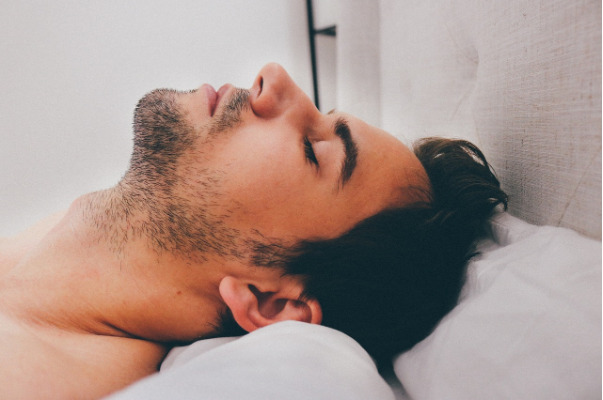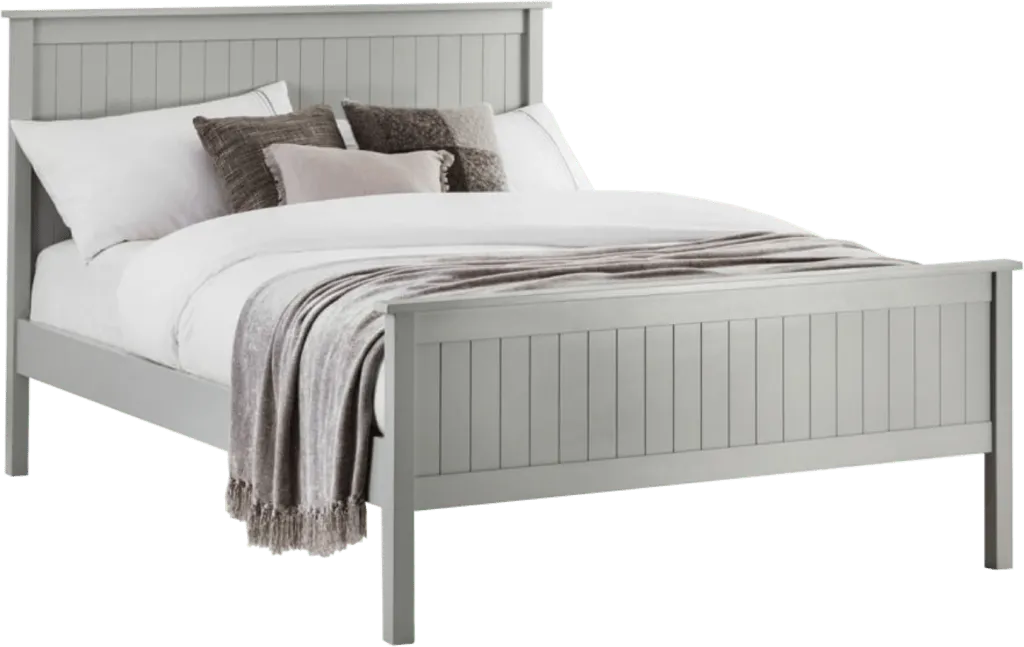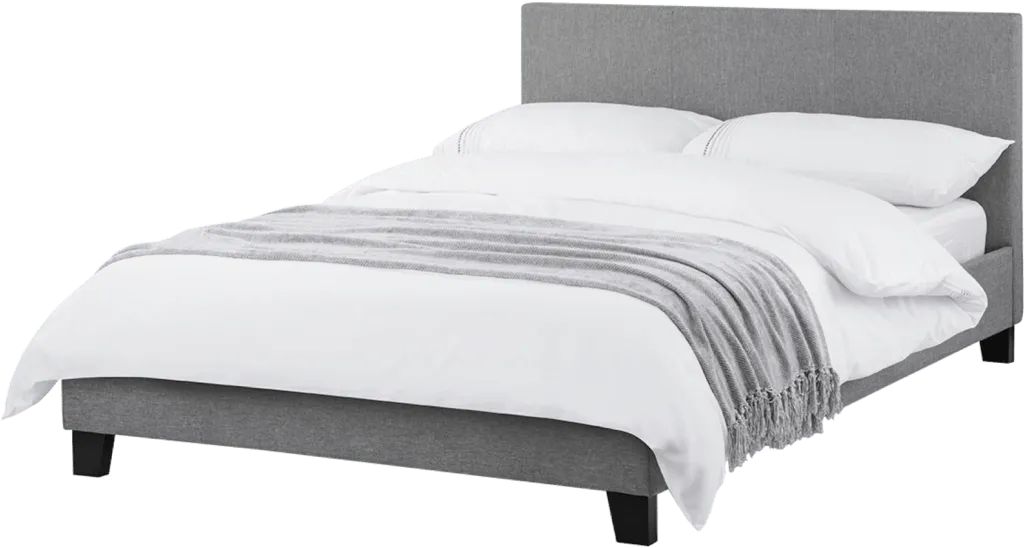Understanding common sleep disorders
Even with the best mattress in the world, the finest bedding and great bedtime hygiene, sleep disorders can ruin your potential great night’s sleep. We thought it time we address some of the most common sleep disorders so you can help diagnose what’s keeping you awake and seek a solution!

What are the 5 most common Sleep Disorders?
1. Insomnia
Insomnia is a sleep disorder characterized by difficulty falling asleep, staying asleep, or both. It can be short-term (lasting a few days or weeks) or long-term (lasting for months or even years). People with insomnia often feel tired during the day, have trouble concentrating, and may experience mood disturbances such as irritability or depression.
Insomnia can be caused by a variety of factors, including stress, anxiety, depression, medications, and medical conditions such as sleep apnea or restless leg syndrome. Certain lifestyle factors, such as irregular sleep schedules, caffeine or alcohol consumption, and lack of exercise, can also contribute to insomnia.

Symptoms of insomnia include difficulty falling asleep, waking up frequently during the night, waking up too early in the morning, feeling tired or irritable during the day, and having difficulty concentrating or performing daily tasks.
Treatment for Insomnia
Treatment for insomnia typically involves a combination of lifestyle changes and medications. Lifestyle changes may include establishing a consistent sleep schedule, practicing relaxation techniques such as meditation or yoga, avoiding caffeine and alcohol, and getting regular exercise. In some cases, medications such as sleeping pills or antidepressants may be prescribed to help with sleep.
It’s important to address insomnia as soon as possible, as chronic insomnia can lead to a range of health problems, including depression, anxiety, and increased risk for accidents or injuries.
2. Sleep Apnea
Sleep apnea is a sleep disorder characterized by episodes of interrupted breathing during sleep. It is a relatively common condition, affecting millions of people worldwide, and can have serious health consequences if left untreated.
There are two main types of sleep apnea: obstructive sleep apnea and central sleep apnea.
Obstructive sleep apnea
It is the more common form and occurs when the muscles in the back of the throat fail to keep the airway open during sleep, resulting in brief interruptions in breathing.
Central sleep apnea
This type of sleep apnea occurs when the brain fails to send the proper signals to the muscles that control breathing.
The symptoms of sleep apnea can vary depending on the severity of the condition, but may include loud snoring, gasping or choking during sleep, waking up with a dry mouth or sore throat, morning headaches, excessive daytime sleepiness, and difficulty concentrating or remembering.
Risk factors for sleep apnea include obesity, smoking, alcohol consumption, and family history of the condition. Men are also more likely than women to develop sleep apnea.

Treatment for sleep apnea
Treatment for sleep apnea may involve lifestyle changes, such as losing weight or avoiding alcohol and sedatives before bedtime, as well as using devices such as continuous positive airway pressure (CPAP) machines or oral appliances to keep the airway open during sleep. In severe cases, surgery may be recommended to remove excess tissue from the throat or to reposition the jaw.
It’s important to address sleep apnea as soon as possible, as untreated sleep apnea can increase the risk for serious health problems such as high blood pressure, heart disease, and stroke. If you suspect that you or a loved one may be experiencing symptoms of sleep apnea, it’s important to speak with a healthcare provider for proper diagnosis and treatment.
3. Restless Legs Syndrome
Restless legs syndrome (RLS) is a neurological disorder that causes an irresistible urge to move the legs or other parts of the body. The urge to move is often accompanied by an uncomfortable sensation in the affected body part, such as a crawling or creeping feeling. The symptoms of RLS typically occur or worsen during periods of rest or inactivity, such as when sitting or lying down, and can make it difficult to fall asleep or stay asleep.
RLS can occur at any age, but is more common in middle-aged and older adults, and is more prevalent in women than men. It can be caused by a variety of factors, including genetics, certain medications, iron deficiency, and other underlying medical conditions.

Symptoms of RLS can vary in severity and frequency, but may include an overwhelming urge to move the affected body part, discomfort or pain in the affected area, involuntary leg movements during sleep, and disrupted sleep patterns.
Treatment for restless leg syndrome in bed
Treatment for RLS may involve lifestyle changes such as regular exercise, avoiding caffeine and alcohol, and establishing a consistent sleep schedule. In some cases, medications such as dopamine agonists, iron supplements, or anticonvulsants may be prescribed to help alleviate symptoms.
While RLS is not a life-threatening condition, it can have a significant impact on quality of life and may lead to daytime fatigue, mood disturbances, and other health problems. If you suspect that you may be experiencing symptoms of RLS, it’s important to speak with your healthcare provider for proper diagnosis and treatment.
4. Narcolepsy
Narcolepsy is a neurological disorder that affects the brain’s ability to regulate sleep-wake cycles. It is characterized by excessive daytime sleepiness, sudden and uncontrollable episodes of falling asleep during the day, and sleep disturbances at night. Other symptoms of narcolepsy may include cataplexy (a sudden loss of muscle tone triggered by strong emotions), sleep paralysis (the inability to move or speak when falling asleep or waking up), and vivid hallucinations.
Narcolepsy affects approximately 1 in 2,000 people and is usually diagnosed in adolescence or early adulthood, although it can develop at any age. The exact cause of narcolepsy is not fully understood, but it is believed to be related to a deficiency of hypocretin, a neurotransmitter that regulates wakefulness.

Treatment for narcolepsy
There is currently no cure for narcolepsy, but symptoms can be managed with medication and lifestyle changes. Stimulants such as modafinil or armodafinil may be prescribed to help improve daytime alertness, while antidepressants or sodium oxybate may be used to treat cataplexy and other symptoms.
Lifestyle modifications such as establishing a consistent sleep schedule, taking short naps throughout the day, and avoiding alcohol and caffeine may also help to manage symptoms and improve quality of life for individuals with narcolepsy.
While narcolepsy can be a disruptive and challenging condition to live with, with proper treatment and management, many people with narcolepsy are able to lead full and productive lives. If you suspect that you or a loved one may be experiencing symptoms of narcolepsy, it’s important to speak with a healthcare provider for proper diagnosis and treatment.
5. Parasomnias
Parasomnias are a group of sleep disorders that involve abnormal behaviors, movements, or experiences that occur during sleep or in the transition from wakefulness to sleep. These behaviors can range from relatively benign actions like sleep talking or sleepwalking to more serious issues like night terrors, sleep-related eating disorder, or REM sleep behavior disorder (RBD).

Parasomnias can affect people of any age and can be caused by a variety of factors, including sleep deprivation, medication use, substance abuse, stress, and underlying medical conditions. Some parasomnias, such as sleepwalking, tend to run in families and may be associated with certain genetic traits.
Some common examples of parasomnias include:
- Sleepwalking: Walking or performing other activities while still asleep.
- Night terrors: Episodes of intense fear or anxiety that occur during the first few hours of sleep and are often accompanied by physical symptoms like sweating or racing heart.
- Sleep-related eating disorder: Eating or drinking excessively while still asleep or in a semi-conscious state.
- REM sleep behavior disorder (RBD): Acting out vivid dreams during REM sleep, which can include kicking, punching, or shouting.
Treatment for Parasomnia
Treatment for parasomnias will depend on the specific disorder and its underlying cause. In some cases, lifestyle modifications such as establishing a regular sleep schedule, reducing stress, or avoiding certain medications or substances may help to reduce symptoms. In more severe cases, medication or cognitive-behavioural therapy (CBT) may be recommended to help manage symptoms.
Sleep disorders can be a real nightmare in the bedroom affecting your sleep and even relationships. With any disorder, you’re always wise to seek medical advice to get to the bottom of the issue of why you’re not sleeping. Sleep clinics can provide the key to unlocking what’s really going on with you and your sleep patterns during the night. For most cases, it’s going to be more than just changing your mattress but it’s also worth while checking that your bed and bedroom are in the best shape to enable a solid night’s sleep.
If you need further help in shortlisting suitable new mattresses give our small expert team a call for free advice on 0161 437 4419.


Ask us a question.
There are over 6000 questions and answers submitted by you on all questions about mattresses and bed problems. Enter a keyword such as Vi Spring, John Lewis beds, bad back or Memory Foam and see if your question has already been answered.
You can filter popular questions by the categories below. If you can’t find an answer, ask a new question below. We aim to respond to all questions within one working day.




































 Mattresses
Mattresses  Take our mattress quiz
Take our mattress quiz  Contact
Contact  About us
About us 



